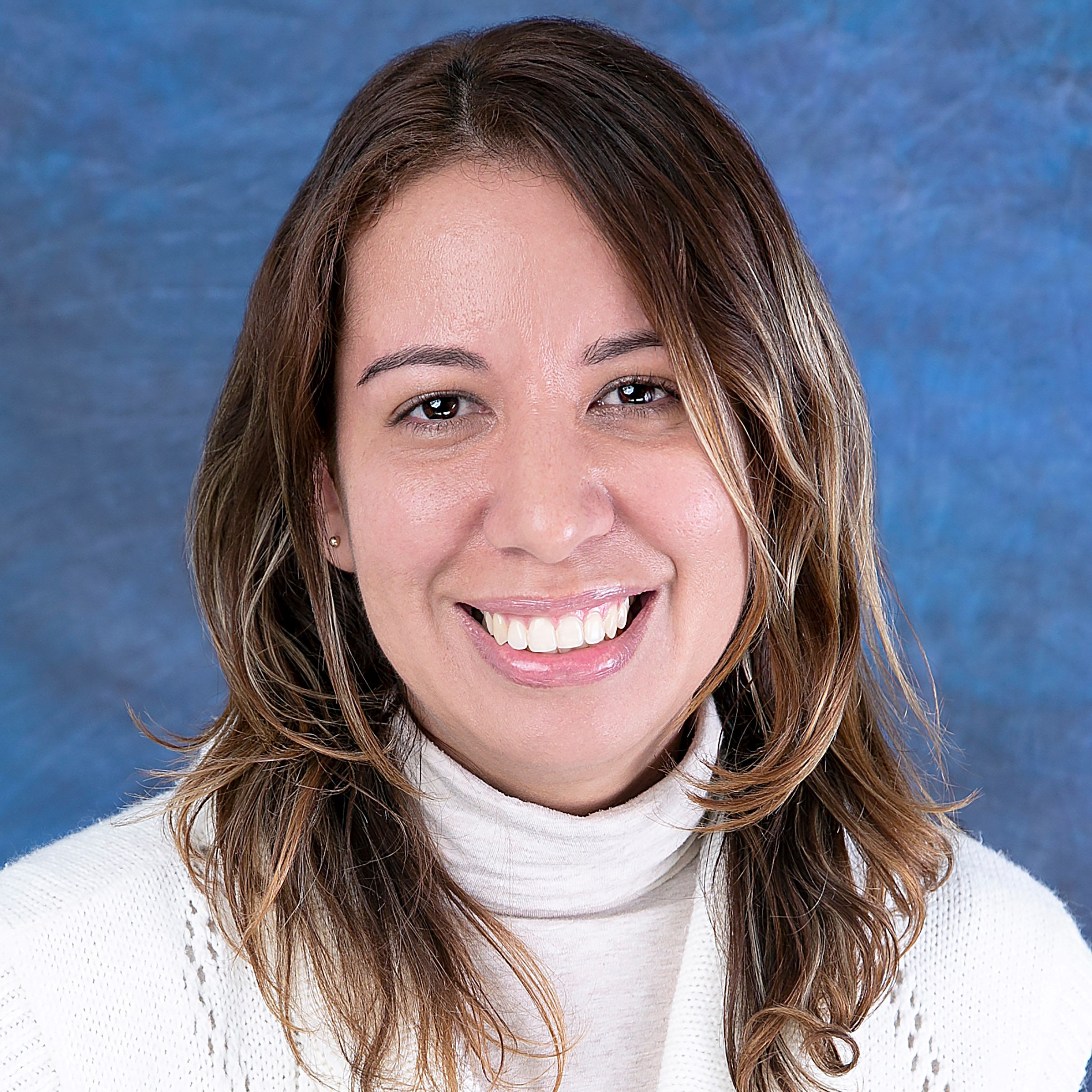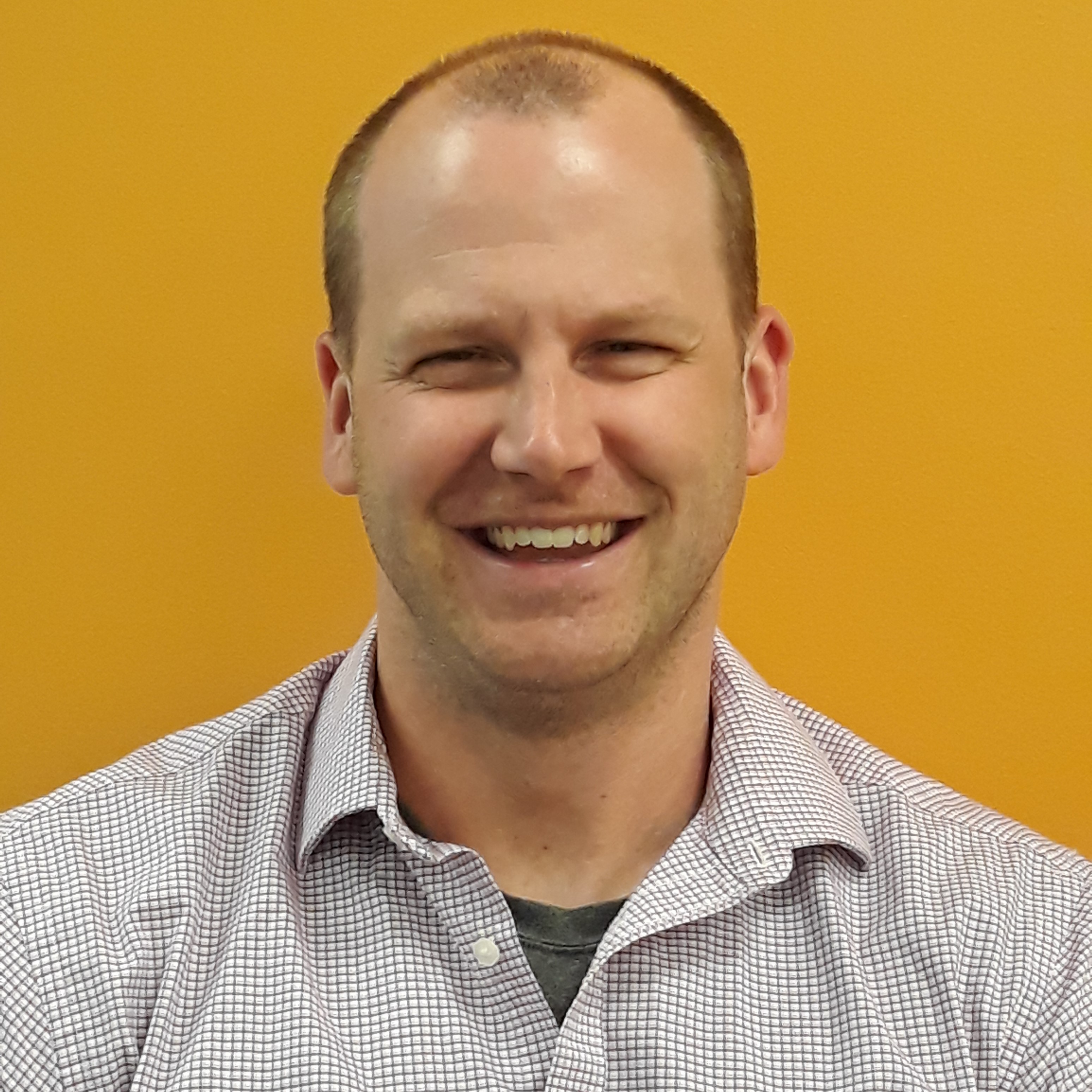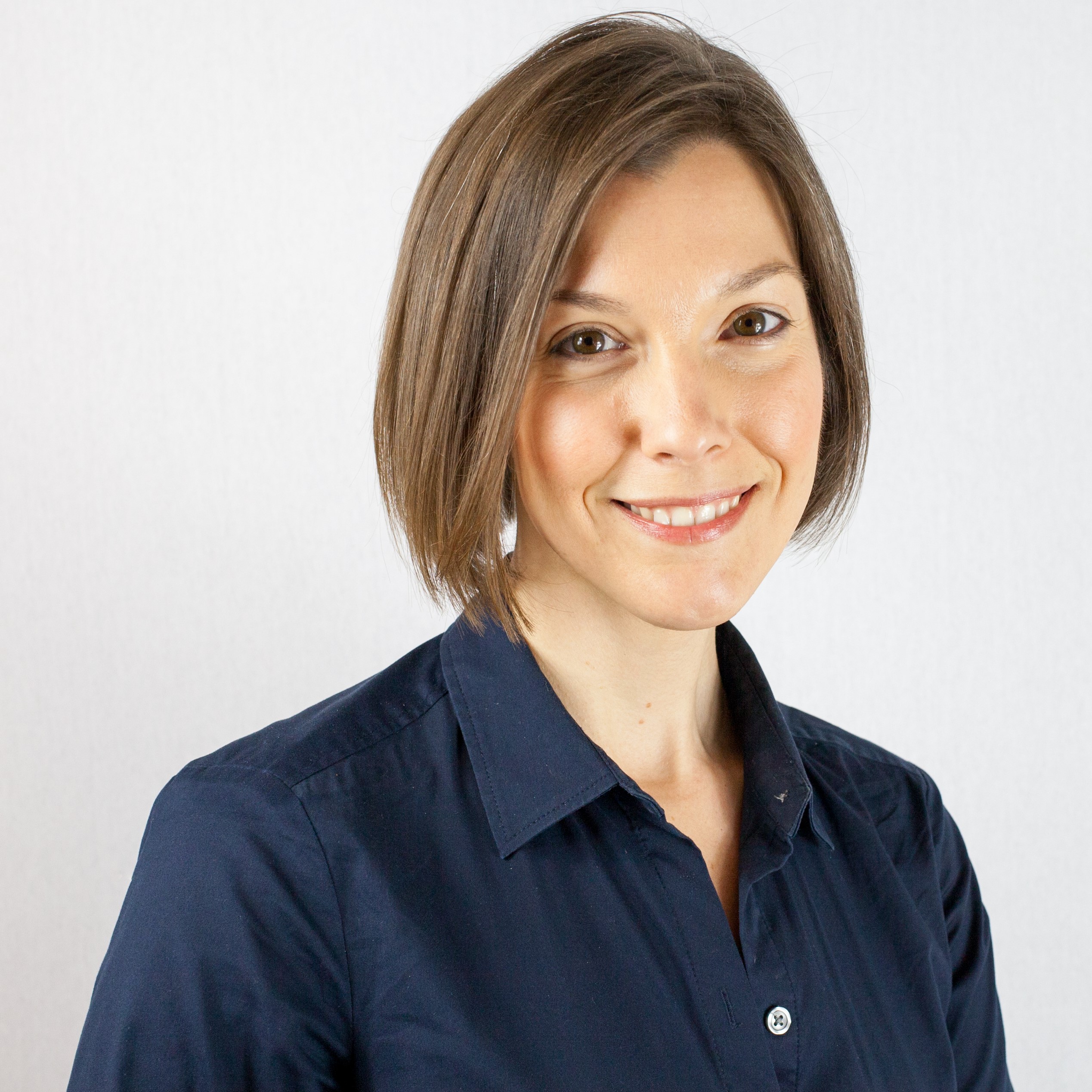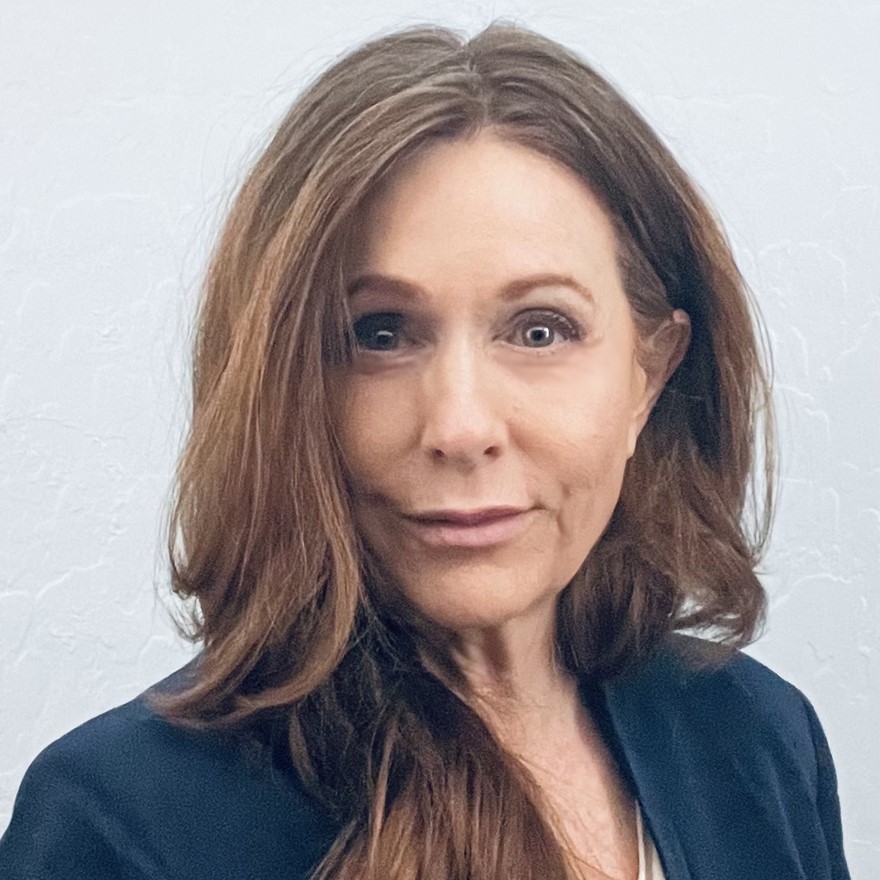|
Session B1.1
Evolution of an Engineering Marvel: Planning and Managing the Unexpected at the Arecibo Observatory
Madeline Almodovar
9:30 – 10:00 AM ET
| About the Presentation |
|
How do we effectively balance emergency structural and technical cleanup safety priorities with environmental management, cultural sentiment, and research priorities? The Arecibo Observatory was established in 1963 in Arecibo, Puerto Rico by the U.S. Department of Defense and Cornell University. Currently owned by NSF and managed by a consortium between UCF, Universidad Ana G. Mendez, and Yang Enterprises after a process that led to its divestment in 2018, the Observatory housed the second largest operational radio telescope in the World. After the suspended platform containing instrumentation collapsed into the 305 feet-diameter reflector dish on December 1st, 2020, NSF, UCF, and the AO led a team of contractors in performing an emergency cleanup at the site.
Today, the Observatory continues to be operational while the emergency cleanup is ending and the site's natural vegetation recovers. Various events and conditions affected the more than 60 years-old historic structure of its radio telescope leading up to the collapse, including hurricanes and earthquakes in recent years. During the emergency cleanup, which has lasted about a year since the collapse, the team's goal has been preserving important assets of this engineering marvel due to its Historic District status, while maintaining the surrounding environmental resources. At the same time, the team is documenting structural data and lessons learned for projects to come, and for knowledge transfer to inform management of other similar aging structures such as aerospace equipment and bridges encountering similar conditions around the world.
The Arecibo Observatory is not only known for its scientific research extraordinary results (such as discovering the first-ever repeating radio burst), but is also an example of cultural value, economic development and tourism, and Science, Technology, Engineering, and Math education in Puerto Rico. NSF continues to maintain its close ties to the island and is exploring ways that Community Astronomy could enhance research and education opportunities.
|
| About the Speaker |
|
 Madeline Almodovar Madeline Almodovar
Project Manager
Jacobs
Madeline Almodovar is a project manager with Jacobs Engineering in Orlando Florida. She is an environmental scientist with over 16 years of experience including environmental permitting, compliance, and reporting, training, health and safety, environmental assessments, community involvement, and public relations, Section 106 compliance, hazardous materials management, information management, systems design, and implementation, sustainability, and resilience. She was born and raised in Puerto Rico and has worked with federal, state, municipal, and private clients, including the Department of Defense, NASA, EPA, NSF, Puerto Rico Aqueduct and Sewer Authority, City of Orlando, and others.
|
Session B1.2
Same Places, New Eyes: The Cultural Landscape Approach and the National Historic Preservation Act
J. Elder
10:00 – 10:30 AM ET
| About the Presentation |
|
Increasingly, State Historic Preservation Officers and Native American tribes are asking agencies and project proponents to consider cultural resources at the landscape level, rather than as a series of discrete unaffiliated resources. One well-established method for considering resources at the landscape level is the cultural landscape approach, which offers a framework for assessing historic resources or places holistically, using both cultural and natural features.
This approach is particularly effective for considering the significance of large, complex, and multi-component resources; offers a mechanism to speak to views as character-defining features; can be used as a tool to help consider cultural resources in viewshed analysis, and can be used to develop nuanced findings of effects and focused mitigation strategies. But, the cultural landscape approach is not a panacea, and its strengths and weaknesses must be weighed on a project-by-project basis. In this presentation, we outline the cultural landscape approach, present case studies, and summarize the approach's strengths and weaknesses.
|
| About the Speaker(s) |
|
 J. Elder J. Elder
Principal Archaeologist
ICF
(J Tait Elder III) Tait is a qualified archaeologist (36 C.F.R. § 61) and is a member of the register of professional archaeologists. He has over 15 years of professional cultural resources experience throughout the United States, and has specialized technical expertise including geoarchaeology, archaeological research design, and invertebrate faunal analysis. With Tait’s combination of technical expertise and experiences, he designs and implements cultural resources projects in accordance with Section 106 of the NHPA, NEPA, Section 4f; has coordinated with SHPOs, Native American tribes, and agencies on behalf of his clients; and helps his clients navigate state and federal cultural resource regulations defensibly.
 January Tavel January Tavel
Sr. Manager Historic Preservation
ICF
January Tavel is qualified as a historian and architectural historian (36 C.F.R. § 61) with more than 13 years of experience. She develops technical guidance, programmatic agreement documents, and preservation planning tools for the purpose of enhancing efficient and effective stewardship of cultural resources. January specializes in evaluating and guiding the management of complex multi-component properties, such as cultural landscapes, traditional cultural properties, and historic districts. She directs the development of cultural resources technical studies, meeting best practice standards for environmental compliance within local ordinances, and federal and state regulatory frameworks.
|
Session B1.3
Workforce Shortages in Cultural Resource Management
Jerryll Moreno
10:30 – 11:00 AM ET
| About the Presentation |
|
Workforce shortages in cultural resource management are being felt by large and small companies across the United States. This shortage has created myriad challenges for staffing short- and long-term projects at the supervisory and crew levels.
This presentation looks at demographic information to illustrate the shortage and discusses the problems posed. Then through a general comparison of environmental jobs held across the country, I ask several questions: 1) is the cultural resource management industry adequately nurturing its pipeline; 2) do we offer competitive pay scales compared to other disciplines; and are we creating opportunities for students and recent graduates to gain the skills they need to work in cultural resource management, as opposed to traditional archaeology?
In conclusion, the presentation will offer solutions to the challenges of workforce shortages in an era of increasing infrastructure construction where the vast majority of the decreased archaeological workforce makes its living.
|
| About the Speaker |
|
 Jerryll Moreno Jerryll Moreno
Principal Investigator, Cultural Resources
Archaeological Consulting Services, A Commonwealth Heritage, Inc. Group
Ms. Moreno has more than 29 years of professional experience, including 8 years at Commonwealth Heritage Group Company (Commonwealth), formerly Archaeological Consulting Services, Ltd., and meets/exceeds the Secretary of the Interior’s Professional Standards and the Arizona Antiquities Act requirements for Archaeological Principal Investigators. Her training and experience includes survey, testing, data recovery, and monitoring; technical report and treatment plan preparation; technical and scholarly editing; faunal analysis; interpretation and synthesis of archaeological remains and analyses; site damage assessments; and compliance documents including Memorandums of Understanding. Ms. Moreno leads the National Association of Environmental Professionals (NAEP) Section 106 Workgroup and serves on the NAEP Women+ in STEM committee and the NAEP Leadership Development group.
|
Back to Schedule
|

 J. Elder
J. Elder January Tavel
January Tavel Jerryll Moreno
Jerryll Moreno

